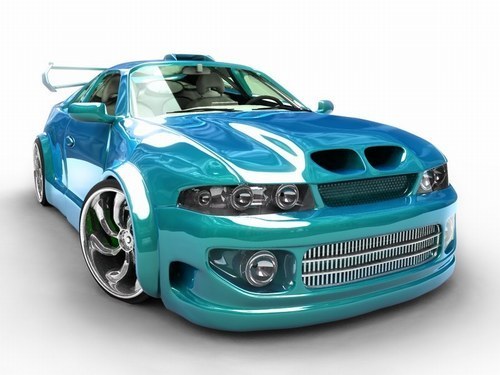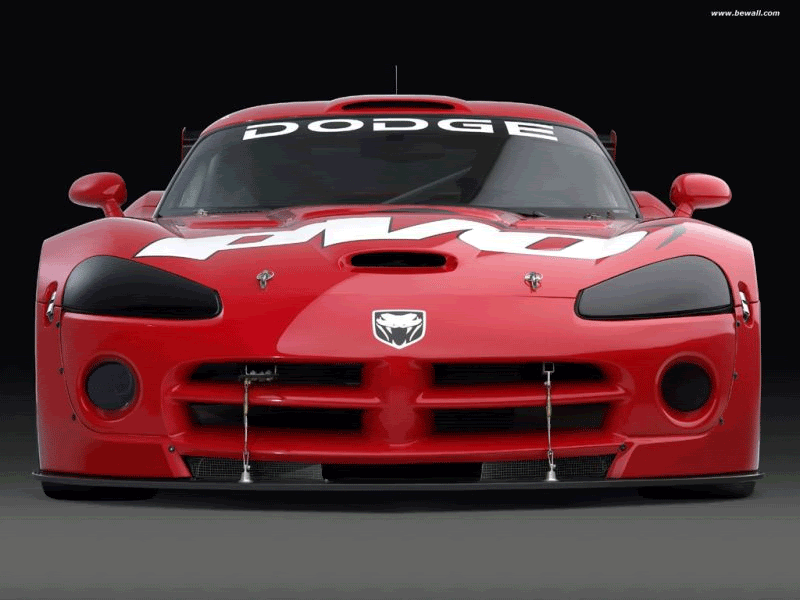For those stylish sports car enthusiasts that are in the know most of Alfa Romeo postwar success can be traced to their stylish Bertone and Zagato coupes. Powered by fast, zippy twin-cam high performance engines they were highly fast as well as attractive.
The last of the Giulia GTV coupes left the production line in 1976, marking the end of a pretty direct line after 20 years, true testimony to the high quality of the original design.
The first Giulietta coupe had been introduced in very limited numbers during 1954 and the range really made its debut at the 1955 Turin Auto Show. Giulettas were small cars designed chiefly to be popular and affordable but also to be versatile enough to be built as practical, indeed dowdy saloons, elegant coupes and even efficient race winners.
At the heart of the Giulietta was a twin engine cam engine essentially that was still in production way into the 1980's. It marked a return to pre-war Alfa practice in some way, being built in alloy with wet cylinder liners (although with shimmed rather than threaded tappets). It's slightly under square dimensions of 74 mm x 75 mm resulted in a displacement of a mere 1290 cc from which no less than 80 bhp was extracted at 6300 rpm.
Much of that power was due to the top end design of the engine, which featured two overhead camshafts chain driven and operating two valves per cylinder inclined at 80 degrees, in hemispherical combustion chambers. That amount of power of power naturally gave the coupe impressive performance for a mid 50's 1300 and it could reach 103 mph (166 kph) in top, a genuinely impressive speed for its day.
Almost as good as the engine was the suspension, a strong thoroughly engineered and relatively simple design of double wishbone and coil springs in the front and a live rear axle. The axle sounds very much in keeping with the 50's except that great pains had been taken to locate the axle securely to eliminate tramp and hop. Two stout pressed steel lowering trailing arms were complemented by a triangular upper bracket connected at one point to the differential carrier and at two points to the body in front of the axle. Again the springs were coils and the clampers telescopic. One unintentional oversight in the workup, which was quickly rectified, was an oddity - a column mounted gear change. You can bet that it did not take too long, and too many models out the factory door for this oversight to the ultimate motorists and drivers of this sports car was revised and thankfully corrected.
Although it might be said in retrospect saloons might be said to be the very incarnation of drabness and dullness, this coupe was indeed fortunate in having a body styled by Bertone. What resulted was a classic - a neat 2 door 2 + 2 design, compact and graceful. Everything in the design phase gelled and pulled together. What resulted was light, nimble, quick and graceful. What a winner.
The last of the Giulia GTV coupes left the production line in 1976, marking the end of a pretty direct line after 20 years, true testimony to the high quality of the original design.
The first Giulietta coupe had been introduced in very limited numbers during 1954 and the range really made its debut at the 1955 Turin Auto Show. Giulettas were small cars designed chiefly to be popular and affordable but also to be versatile enough to be built as practical, indeed dowdy saloons, elegant coupes and even efficient race winners.
At the heart of the Giulietta was a twin engine cam engine essentially that was still in production way into the 1980's. It marked a return to pre-war Alfa practice in some way, being built in alloy with wet cylinder liners (although with shimmed rather than threaded tappets). It's slightly under square dimensions of 74 mm x 75 mm resulted in a displacement of a mere 1290 cc from which no less than 80 bhp was extracted at 6300 rpm.
Much of that power was due to the top end design of the engine, which featured two overhead camshafts chain driven and operating two valves per cylinder inclined at 80 degrees, in hemispherical combustion chambers. That amount of power of power naturally gave the coupe impressive performance for a mid 50's 1300 and it could reach 103 mph (166 kph) in top, a genuinely impressive speed for its day.
Almost as good as the engine was the suspension, a strong thoroughly engineered and relatively simple design of double wishbone and coil springs in the front and a live rear axle. The axle sounds very much in keeping with the 50's except that great pains had been taken to locate the axle securely to eliminate tramp and hop. Two stout pressed steel lowering trailing arms were complemented by a triangular upper bracket connected at one point to the differential carrier and at two points to the body in front of the axle. Again the springs were coils and the clampers telescopic. One unintentional oversight in the workup, which was quickly rectified, was an oddity - a column mounted gear change. You can bet that it did not take too long, and too many models out the factory door for this oversight to the ultimate motorists and drivers of this sports car was revised and thankfully corrected.
Although it might be said in retrospect saloons might be said to be the very incarnation of drabness and dullness, this coupe was indeed fortunate in having a body styled by Bertone. What resulted was a classic - a neat 2 door 2 + 2 design, compact and graceful. Everything in the design phase gelled and pulled together. What resulted was light, nimble, quick and graceful. What a winner.













No comments:
Post a Comment